Rising Industrialization
The ongoing industrialization in Japan is a pivotal driver for the reciprocating compressor market. As industries expand, the demand for efficient and reliable compression solutions increases. The manufacturing sector, particularly in automotive and electronics, is experiencing growth, which necessitates advanced compressor systems. In 2025, the industrial sector is projected to contribute approximately 30% to the overall demand for reciprocating compressors. This trend indicates a robust market potential, as companies seek to enhance productivity and reduce operational costs. Furthermore, the need for energy-efficient solutions aligns with Japan's commitment to sustainability, further propelling the adoption of reciprocating compressors in various industrial applications.
Energy Efficiency Initiatives
Japan's commitment to energy efficiency is significantly influencing the reciprocating compressor market. The government has implemented various initiatives aimed at reducing energy consumption across industries. These initiatives encourage the adoption of energy-efficient technologies, including advanced reciprocating compressors. In 2025, it is estimated that energy-efficient compressors could account for over 40% of the market share, driven by both regulatory incentives and corporate sustainability goals. Companies are increasingly investing in modernizing their equipment to comply with these initiatives, which not only reduces operational costs but also enhances their competitive edge in the market. This trend underscores the importance of energy efficiency in shaping the future of the reciprocating compressor market.
Growing Demand in HVAC Systems
The rising demand for heating, ventilation, and air conditioning (HVAC) systems in Japan is a significant driver for the reciprocating compressor market. As urbanization continues, the need for effective climate control solutions in residential and commercial buildings is increasing. In 2025, the HVAC sector is expected to represent a substantial portion of the reciprocating compressor market, with projections indicating a growth rate of around 5% annually. This growth is fueled by the need for improved indoor air quality and energy-efficient systems. Consequently, manufacturers are focusing on developing innovative reciprocating compressors tailored for HVAC applications, thereby enhancing their market presence and meeting consumer demands.
Technological Innovations in Design
Technological innovations in the design of reciprocating compressors are reshaping the market landscape in Japan. Advances in materials and engineering techniques have led to the development of more compact, efficient, and durable compressors. These innovations not only improve performance but also reduce maintenance costs, making them attractive to various industries. In 2025, it is anticipated that the market will see a surge in demand for advanced compressor designs, potentially increasing market share by 15%. This trend reflects the industry's response to the need for higher efficiency and reliability, positioning technologically advanced reciprocating compressors as a preferred choice for manufacturers and end-users alike.
Increased Investment in Infrastructure
The increased investment in infrastructure development in Japan is a crucial driver for the reciprocating compressor market. As the government allocates funds for public works and urban development projects, the demand for reliable and efficient compressors rises. Infrastructure projects, including transportation, energy, and water supply systems, require robust compression solutions to ensure operational efficiency. In 2025, infrastructure spending is projected to reach approximately $200 billion, with a significant portion directed towards projects that utilize reciprocating compressors. This trend highlights the essential role of these compressors in supporting Japan's infrastructure growth, thereby creating substantial opportunities for manufacturers in the market.


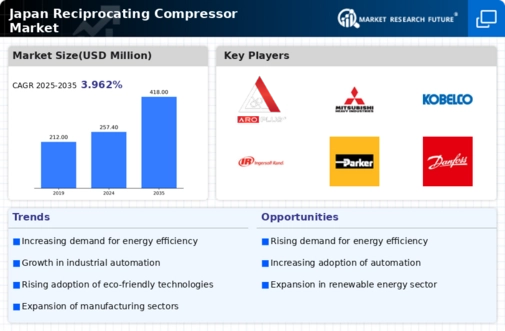
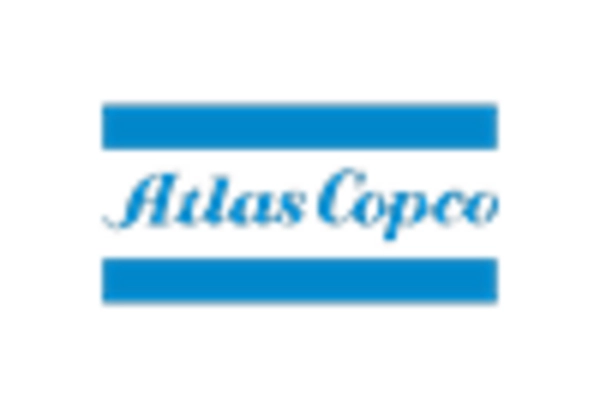
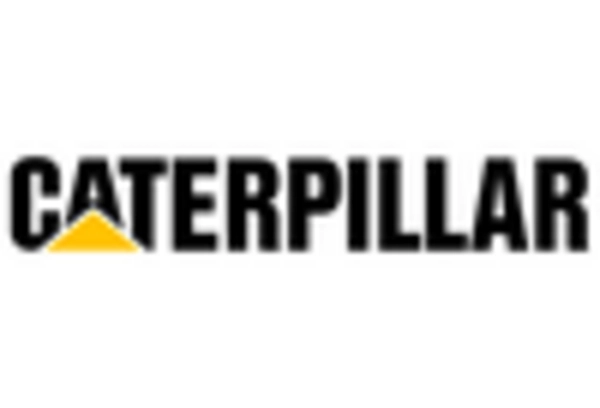
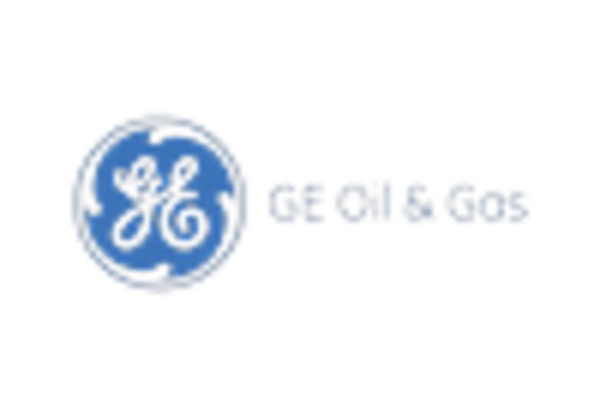
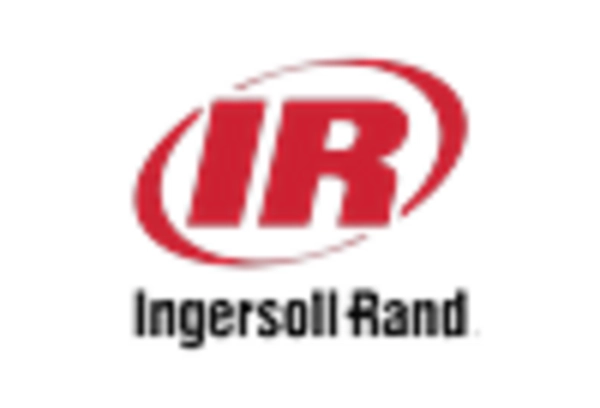
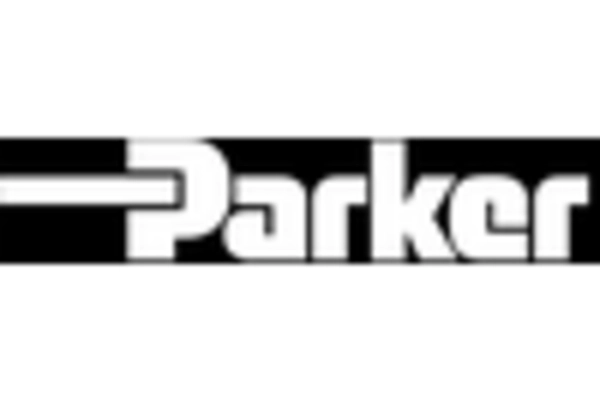
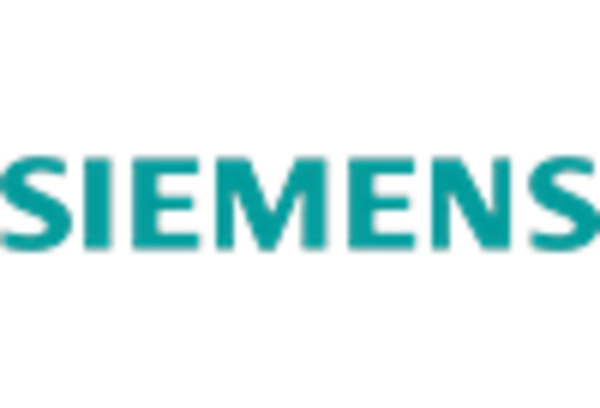








Leave a Comment